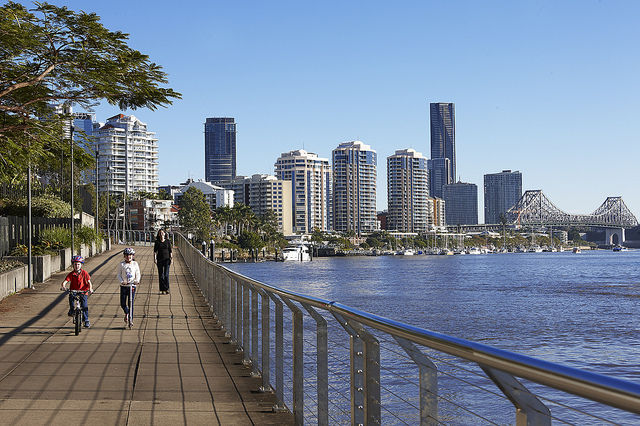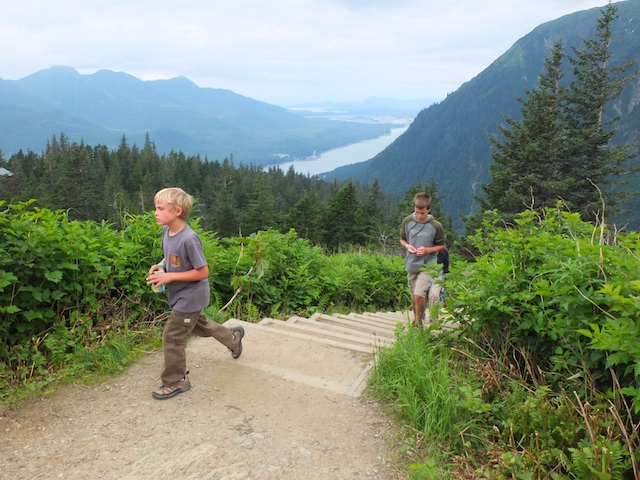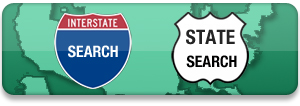
Any parent traveling with kids off the beaten path has fielded questions from nay-sayers:
“Are you sure it’s safe to travel to Mexico?”
“You’re taking your kids how far along what trail?”
“How long will you be gone?”
“Solo, you say?”
As a parent who makes her living encouraging people to travel with their kids, I bristle at these fear-based inquiries. They are not grounded in research, but are rather knee-jerk, emotional responses to individualized worries. The good news: traveling parents need not listen to them.
However, we all know that as beautiful as the world is, terrible things do happen. They happen at home, they happen at school and work, and yes, they happen to families when they’re on vacation. Even though I believe strongly in the power and wisdom and sheer, live-altering joy of travel, my heart and stomach lurch just as quickly as any other mother’s when I read or see reports of tragedy while traveling.

There are risks we all assume when we step outside our front door, whether to go to the grocery store or another continent. Airplanes do crash. Cars do, too. Terrorists attack. Civil unrest, political strife, and diseases are sadly, alive and well on our planet, and awful things do happen. Which risks to assume and which to avoid can only be made on a personal level.
It can be hard to make these decisions with healthy perspective when tragedy strikes close to home. I can clearly remember learning of the death of a child on an amusement park ride days before visiting the same park with my own family, and of an accident on a cruise ship just before embarking. Most recently, I was made aware of this news story, in which 15-year-old Tyler Madoff was accidentally killed at sea during a Bold Earth trip.
A Pit Stops for Kids reader brought it to my attention, with the question, ‘why didn’t this story get more attention? What can we do to travel safely with our kids?’
My own 15-year-old son had just returned from a very smilier trip, an adventure service trip to Costa Rica, and the terrifying thought, familiar to all parents, passed through my mind: it could have been him. It sent a shudder right through me, and for weeks, I struggled with how to address this question and the larger issue of keeping our kids safe while traveling.
How do you accept tragedy, and keep exploring?
First, my heart and thoughts go out to Tyler Madoff’s parents, and all others who have experienced such a tragedy. And then, I do my best to separate logical safety concerns from generalized fear. Some accidents are just that…freak occurrences no one could avoid…abroad or at home. Was this the case in Tyler Madoff’s situation? I can’t be sure without knowing more details…more safety considerations may have been prudent, but the travel operation in question does have a good reputation. Things simply do happen which are out of our control. But what about the rest of the time? What about all the travel decisions we make or place in others’ hands which could factor into the overall safety of our trip?

My reader offered some guidelines, parent-to-parent, that she hoped would help. I saw wisdom in them, and would like to list them here, expanding where I feel I can offer insight. There are simple measures parents can take to make sure children are in the safest care.
1. Research destinations before you book a trip. There are no shortage of travel websites and handbooks. A few useful sites are TripAdvisor and Fodors, Camp Ratingz and Choice Camps. Checking out the travel company’s Facebook profile (and any related groups) is always helpful as well.
Certainly, it’s worth taking the time to check up on a tour operation or destination via social media. Poll your own friends or followers, or send a general inquiry into the Twittersphere. While reviews on sites such as TripAdvisor should not always be taken at face value, reading through at least a dozen reviews should give parents a general sense of guest satisfaction. Of course, the absolute best recommendations come from people you know. In the case of international travel, always—always—be up-to-date on the political temperature of a foreign country. Check travel advisories via your home government pages. If in doubt whether a fear is legitimate or not, talk to people who have traveled to your destination within the last few months, not people who have ‘heard’ something is unsafe via a friend of a friend or Fox news (sorry, I couldn’t resist).

2. Ask the right questions. Before booking a travel tour, ask what isn’t included in the cost, and why. Is there travel insurance, or should you purchase that on your own? What kind of risk management policies are in place? What are the training qualifications of the tour guides?
It’s surprising to me how often this last question is not asked by parents, especially when leaving children in the care of others.
I am a generally trusting person, but trusting a care giver or tour operation based on trust of a brand is simply not enough. Yes, reputable destinations and resorts will absolutely strive to have the highest standards and using a brand you already trust is a great start, but ultimately, the responsibility is the parents’ to check credentials and qualifications.
3. Make sure your kids are prepared! If your child knows what to do in case of emergency, you’ll feel a lot more confident. CPR training, swim lessons, or simply informing them where to go or to whom they should speak if they feel like they’re in danger can go a long way when they’re on their own, as this Daily Beast article displays.
I love this tip. While parents need to be empowered, kids do too. Because we spend a lot of time in the outdoors, and I have outdoor safety training, my kids are very up-to-date on wilderness safety. They know what to do if lost, when encountering wildlife, and if they need basic first aid. We’ve started to ski more aggressively in the backcountry, which means I’ve been researching avalanche safety courses we can take together. We will not be exploring in snow country until this is done.
When it comes to international travel, my kids know how to contact us and family at home in other countries, and we always go over safety rules and back-up plans before entering crowded areas.
Basically, all the suggestions above follow one key guideline. Use common sense. Take reasonable precautions. Keep valuables in a safe place, have copies of important documents at all times, and use reliable, reputable transportation and services while traveling. Follow signage and heed posted warnings, and don’t take unnecessary risks.
Will you be embarking on an excursion to a particular tidal pool, bay, trail, or landmark? Do your own research about this place, instead of relying 100% on guides.
I’m not suggesting going it alone…we believe strongly in hiring local experts…but don’t follow blindly.
Your safety, and the safety of your children, is ultimately your responsibility, in so far as this is possible to control. The example that comes to mind is the dangerous yet exhilarating Angel’s Landing knife-edge trail in Zion National Park. People die there annually, mostly due to not listening to their own internal guidelines, knowing their own abilities, and trusting blindly that if there’s a trail maintained by a government agency, it’s for them. Not always. Again, even in our lawsuit happy world, I believe parents are ultimately responsible for their own wellbeing and their children’s wellbeing.
As for the risks you cannot control, you’re every bit at the whim of fate while in your own home as while traveling. Explore this beautiful world, share its people and sights with your children, and enjoy life!
Many thanks to reader Sue J. for taking the time to email her concerns to Pit Stops for Kids. Photo credit: Amy Whitley, Flickr/xlibber, and Brisbane City Council.





